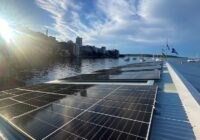This news update is bought to you by the Government of South Australia, Department for Infrastructure and Transport.
Keep up to date with River Murray restrictions
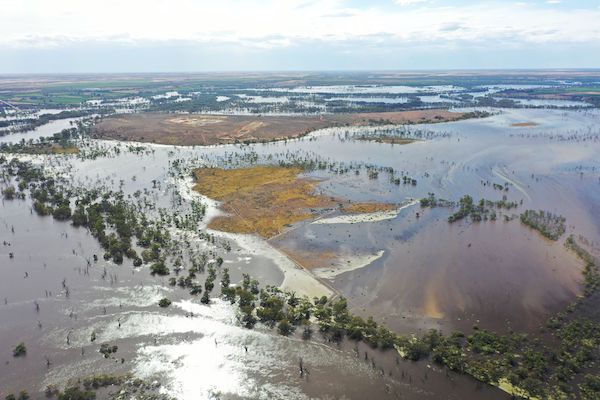
A range of restrictions on boating and water activities on the River Murray are in place between the South Australian border and the Murray Mouth. The restrictions are in place to protect infrastructure and help keep all river users and property owners safe.
The River Murray has been broken down into zoned areas as shown on this map below and details on the restrictions in place are available here.
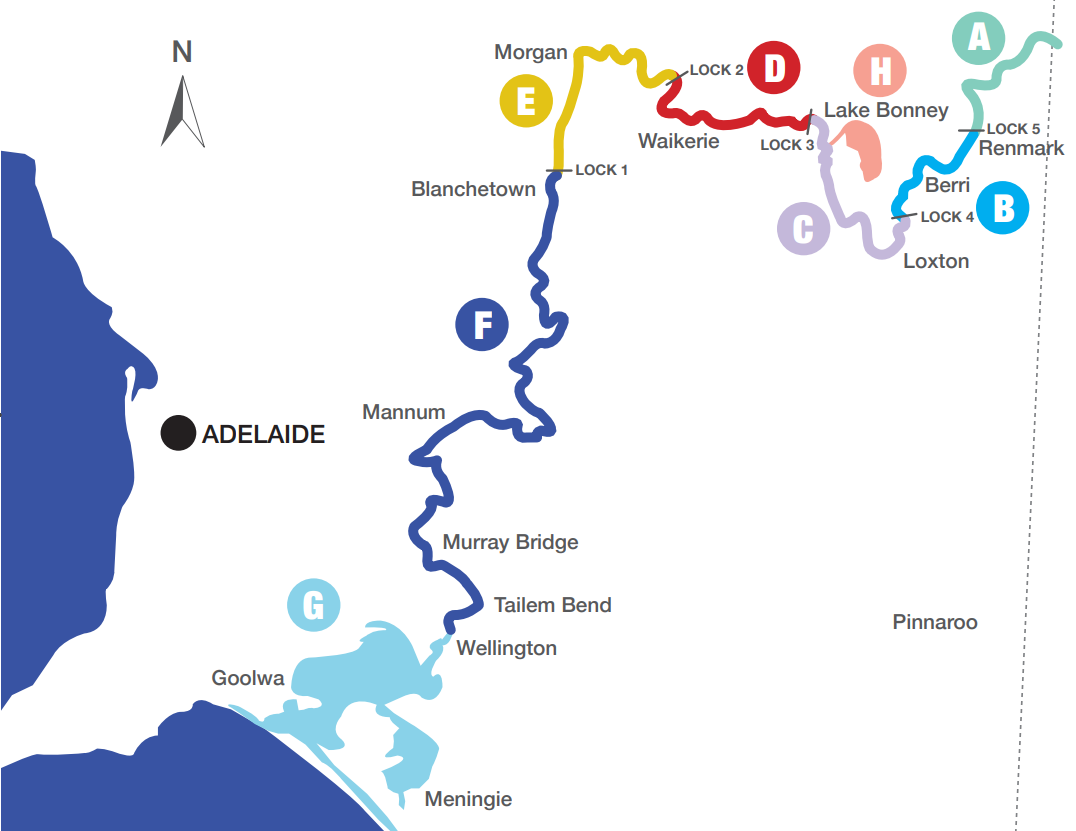
Marine Safety advice on the River Murray floods can be found at the Marine Safety SA website including a list of hazards and closed boat ramps.
If you spot any hazards on the water you can submit an online report to the Marine Safety SA team here.
Wearing lifejackets on the River Murray
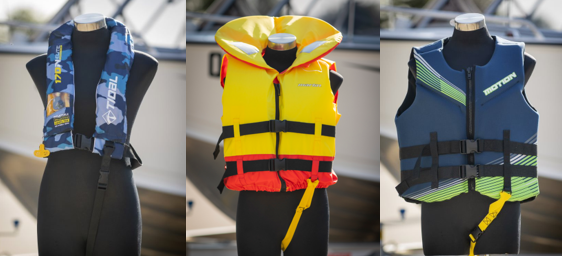
Under the current Emergency Management Direction on the River Murray, you must wear a lifejacket equivalent to a level 50 or above if in the open area of a vessel of up to 12 metres in length. Remember, with the exception of Zones H (Lake Bonney) and G (south of the Wellington ferry through to the Murray mouth) people are only allowed to enter the river for a permitted purpose, these include:
- work
- access to food, drinking water, medical assistance, or supplies
- access to any emergency relief or emergency supplies (including sandbags)
- access to fuel
- access to property
- attendance on a guided tour by a tour operator
to reduce risk to life, of injury to persons, of injury to animals or damage to property - to respond to an emergency.
For general lifejacket requirements visit the Marine Safety SA lifejacket webpage.
River Murray ferries
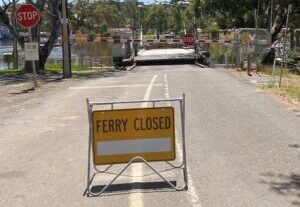
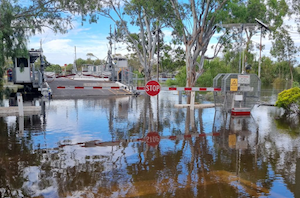
Many of the ferries along the River Murray have closed due to flood waters or closed roads leading to the ferries.
As the water levels recede along the River Murray, the Department is initiating the works to get ferries operational as soon as they are safe to operate.
Keep up to date with all the ferry closures and alternative routes for getting across the River Murray here.
Know your speed limit
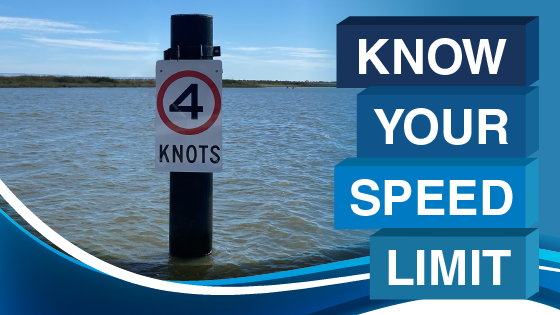
With SA waters busy in the January school holidays, please remember to take care and remember all vessels must travel at a safe speed at all times. A safe speed gives you enough time to stop or turn your vessel to avoid any sudden danger, such as a collision, injury to people, or damage to things.
Remember 4 knot speed limit restrictions apply:
- within 50 metres of:
- a person in the water
- a person on an unpowered recreational vessel such as a canoe, kayak, paddleboard, surfboard, surf ski or similar
- a vessel or buoy displaying a flag showing a diver is below the water
- within 30 metres of any other vessel that may be adversely affected by your wash
- within a mooring area or boat haven
- to waters within a number of marinas and restricted areas throughout South Australia
- within 30 metres of a jetty, wharf or any other place at which a vessel is being launched or retrieved.
For further information on speed restrictions and sharing the water safely visit the Marine Safety SA safe vessel speeds webpage.
Know your speed limit – Port River and Barker Inlet
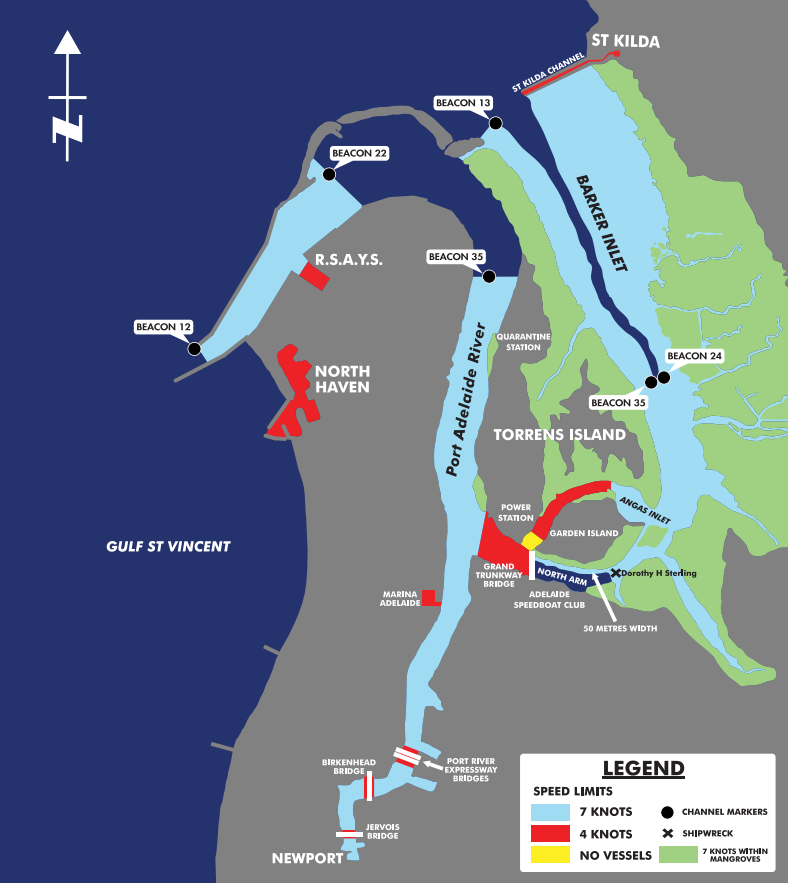
There are a number of 7 and 4 knot speed limits within the waters of the Port River and Barker Inlet from St Kilda through to Newport. These waters are great to explore, but make sure you know the speed limits so you can navigate safely.
Speed limits are in place in certain areas for the safety of all water users and marine life. The area includes the Adelaide Dolphin Sanctuary. The following rules around marine mammals must be followed both within and outside the Adelaide Dolphin Sanctuary.
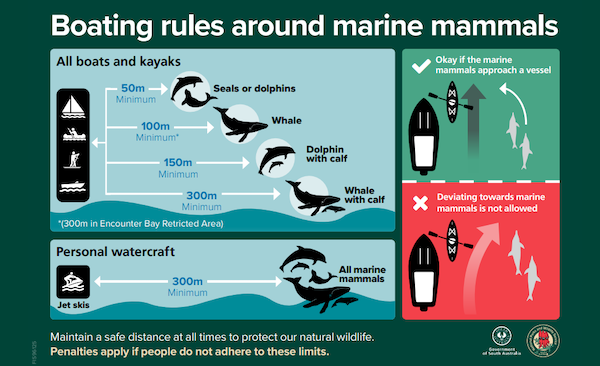
Please note – within the Adelaide Dolphin Sanctuary there is a temporary cease fishing order on recreational fishing if you see a dolphin within 50 metres of where you are fishing. This order is in place until 31 January 2023. More information is available at Fishing closures – PIRSA.
Reminder of safe speeds at Goolwa
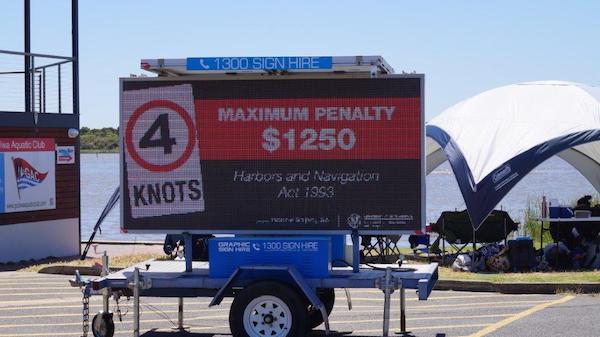
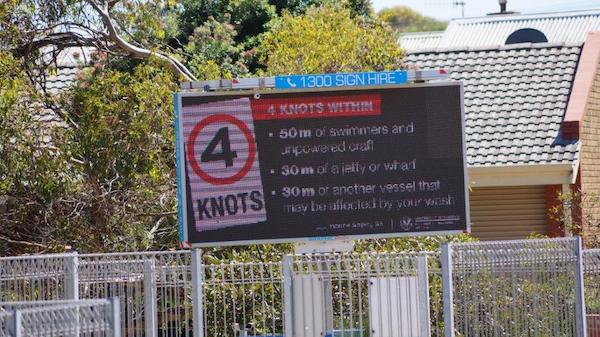
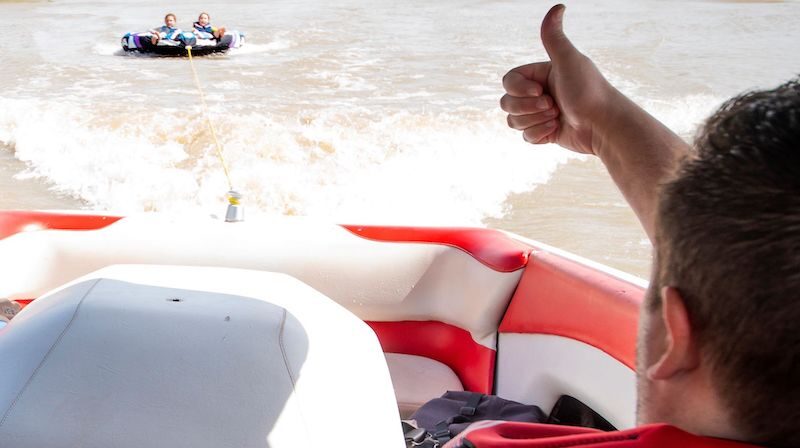
Some variable message board signs and other signage have been set up down at Goolwa during the busy January period to help remind people to stay safe and keep to the 4 knot speed limit within the 4 knot zoned area for vessels.
With waters expected to be crowded, the signage also reminds boaters and people on personal watercraft (commonly known as jet skis) to stay under 4 knots within 50 metres of swimmers and unpowered craft, 30 metres of a jetty or wharf and within 30 metres of another vessel that may be affected by your wash.
The Goolwa waters may also be busy with people towing skiers and tubers. Visit the Marine Safety SA towing safety page for all the rules you need to know.
Know your Jet Ski speed limit zones and rules
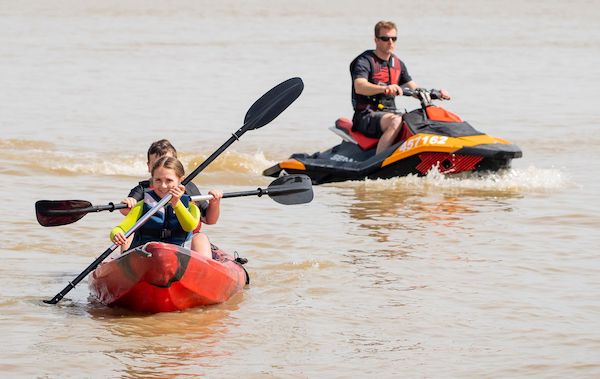
To help provide a safer experience for swimmers and non-powered recreational craft (such as kayaks, canoes and paddleboards) a 4 knot speed restriction applies to all personal watercraft (commonly known by their brand names such as – jet-ski and wave runner), within 200 metres of the metropolitan shoreline. This includes restrictions between the Outer Harbor southern breakwater and the southern end of Sellicks Beach.
Henley Beach has a personal watercraft exclusion zone from December 1 and March 31 each year where personal watercraft are not allowed within 200 metres of the shore between Grange Road and the River Torrens.
Similar speed restrictions also apply to many local areas for powered vessels which include jet skis. These restrictions are often detailed on signs located along the shoreline or near boat ramps. Alternatively contact your local council for restrictions.
Paddleboarders take care
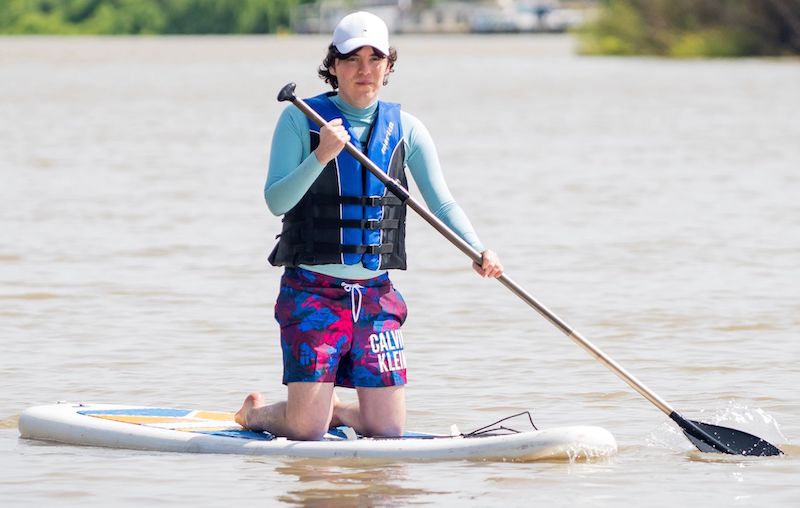
Paddleboarding has become a very popular activity on our waterways. It is vital to check the wind conditions before taking to the water. Wind is a major risk for paddleboarders. You may be setting off in smooth waters, but offshore winds can create breaking waves meaning you can end up in choppy seas faster than you think, or being swept out to sea .
In Victoria just before Christmas some inexperienced paddleboarders, not wearing lifejackets were swept more then 20 kilometres across shipping channels and deep water before being rescued 12 hours later.
In South Australia just after Christmas a group of six paddleboarders were stranded 2 kilometres out to sea at Moonta Bay on the Yorke Peninsula needing to be rescued by a passing boat.
Here are some top tips for paddleboarders to help keep them safe:
- Lifejackets: lifejackets are required to be worn on a paddleboard on any inland waters including rivers and lakes. They are not compulsory on coastal waters within 400 metres of the shore, but Marine Safety SA recommends wearing a lifejacket whenever on the water.
- Wear a leg leash: paddleboarders need to use a leg leash. A leg leash connects the operator to their craft which helps prevent separating from your paddleboard if you fall in the water.
- Check the weather before you go: Offshore winds can cause paddleboarders to be blown out to sea quickly. Conditions can change quickly. Do not paddle when there are offshore winds which can blow you out into deeper water and make it difficult to paddle back into shore.
If possible, carry a form of waterproof communications like a mobile phone in a waterproof pouch so you can make contact with someone if needed.
Boat ramp etiquette
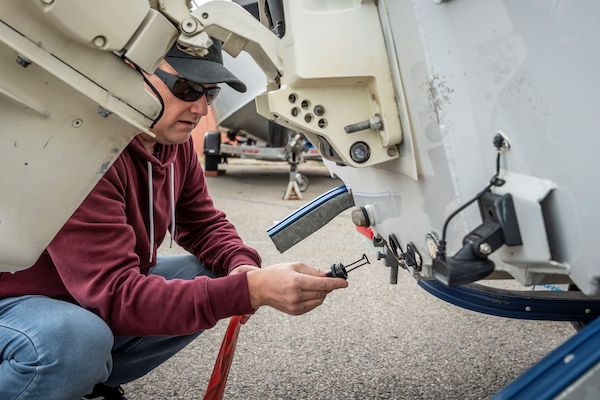
Boat ramps have been busy and will continue to be busy as school holidays continue till the end of January. Please be patient and take care as ramps can be slippery. Follow these simple steps to launch and retrieve your boat safely and quickly:
Launching
- Always check a boat ramp you’ve never tried before – check how slippery it is and the drop off.
- Prepare your boat and trailer off the boat ramp in the rigging area – covers off, remove trailer straps, charge your battery at home and flick on the battery master switch when preparing, tilt the outboard engine up, bungs in (vital to stop your boat filling with water and potentially sinking), prime your motor and get deck lines ready (always have a line from the bow of your boat so you can control it off your trailer)
- Don’t jump the queue – boats coming in off the water have right of way over departing boats.
- Use one boat lane only
- Be quick – don’t leave your boat tied to the ramp or pontoon longer than 10 minutes while you park your car and trailer.
Retrieving
- Prepare your boat prior to reaching the boat ramp – organise berthing lines and make sure someone looks after the vessel whilst the trailer is retrieved.
- Raise the outboard – do this before winching the boat onto the trailer.
- Be quick – don’t leave your boat tied to the ramp or pontoon longer than 5 minutes while you retrieve your car and trailer to pick up your boat.
- Winch cable – Run the winch cable out and hook it up at the back of the trailer before reversing down the ramp ready to hook the boat on.
- Connect the safety chain – when the boat is in the right position, make sure the safety chain is connected to prevent the boat sliding off the trailer.
- Drive clear – move quickly away from the boat ramp so it is free for other boats to use.
- Prepare your boat for the drive home in the car park area – Remove bungs, attach tie down straps and ready the boat for the trip home whilst in the parking area away from the ramp.
- Tides – check if the boat ramp is impacted by low tides and take this into account with timing of retrieving your boat.
Remember there are slower speed limits in place around boat ramps. Keep to the 4-knot speed limit on the water in these busy areas.
Check out our Marine Safety SA webcams showing some of our boat ramps. It can give you an indication of how busy the ramps are and the weather conditions before heading to the boat ramp to launch.











